Sardinia is one of the most beautiful islands in Europe. A stay here is a great holiday proposition for those seeking relaxation, hot sun, sunbathing on the beaches, lovers of water sports or sightseeing and admiring nature. The island hides many charming corners. What are the biggest attractions in Sardinia? Check it out…

Characteristics Of The Island
Sardinia is the second largest island in Italy. It has an area of 24,090 km². It is located in the Mediterranean Sea, west of the Apennine Peninsula. Its area is mainly covered by plateaus and hills. Sardinia is characterized by a rocky coast. You can find there both coves surrounded by rocks and many vast, sandy beaches. The coast is a total of 1,800 km long with diverse nature.
Capo Testa



Cape Capo Testa is a beautiful, rugged peninsula located in the town of Santa Teresa Gallura in the north of Sardinia. Capo Testa is connected to Sardinia by a narrow neck, with small beaches on both sides. The entire island consists of massive granite rocks shaped by the wind into non-standard forms. The cape is called the “moon landscape” due to the strange shapes of the rocks. This picturesque place offers a wealth of views of the sea, land and cliffs, among which colorful daffodils and gazania flowers grow, especially in spring. The islet offers easy hiking. Walk around the island and end the tour at the small lighthouse at sunset.
Gulf of Orosei and Gennargentu National Park

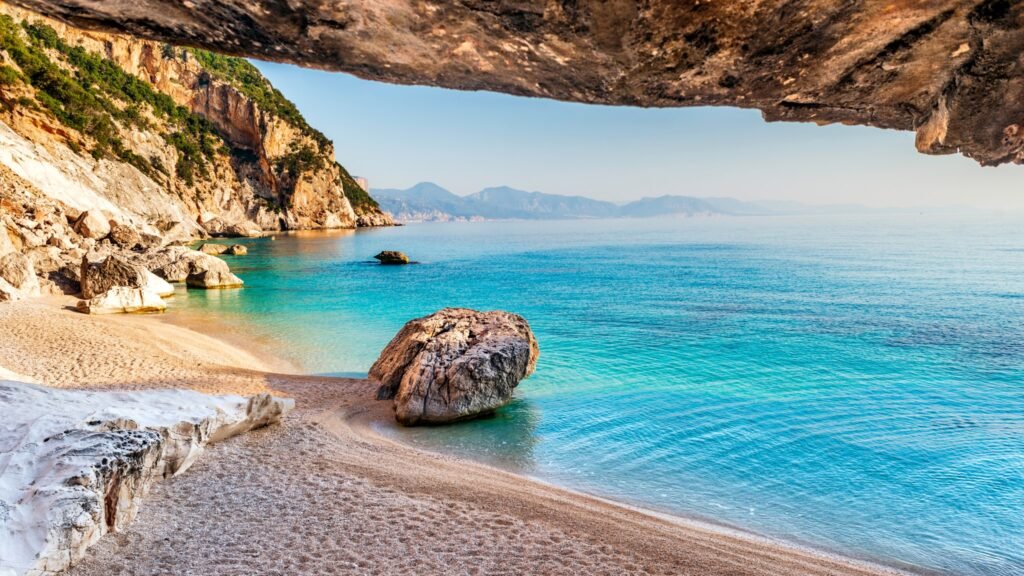


The National Park of the Gulf of Orosei and Gennargentu covers at least several mountain and coastal environments, providing an extraordinary overview of the rich flora and fauna of Sardinia. You can find there a large mountain complex with the Punta La Marmora peaks at an altitude of 1,834 m above sea level. Bruncu Spina 1829 m above sea level and Punta Paulinu 1,792 m above sea level surrounded by the Barbagia mountains. They stretch along the island in the Supramonti area all the way to the Mediterranean Sea, where they form the wonderful Gulf of Orosei.
The Gennargentu region also includes hills, pastures, canyons, valleys, forests and, of course, beaches and extremely beautiful cliffs. However, few people who come to Sardinia know that the deepest Gorrop canyon in Europe is located here. A small stream, Rio Flumineddu, flows along its bed, located at a depth of 500 meters.
La Maddalena Archipelago National Park
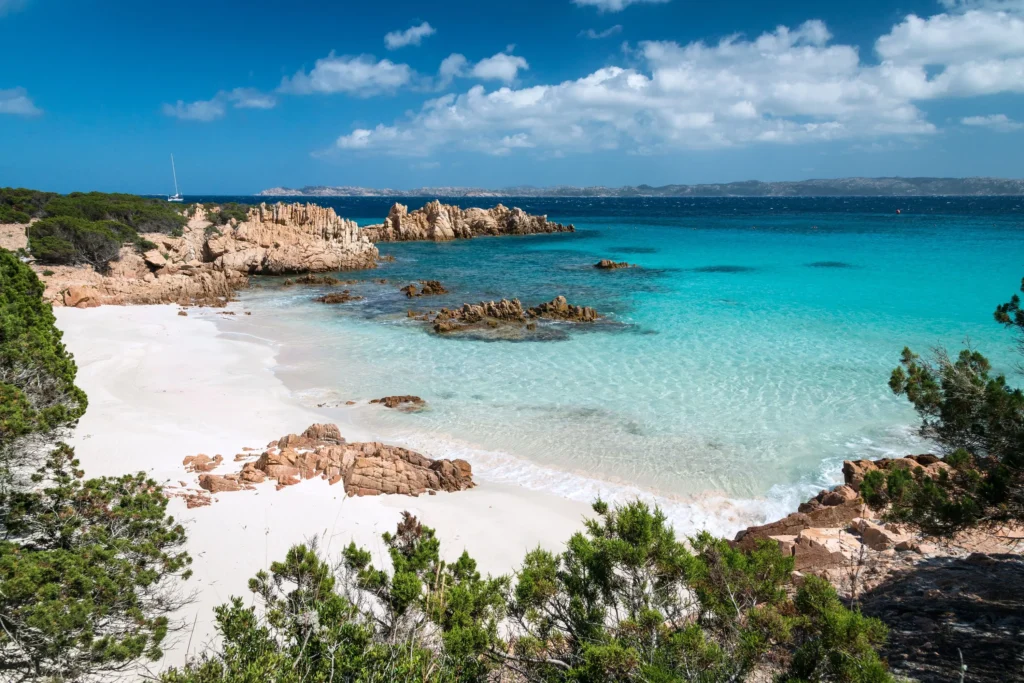
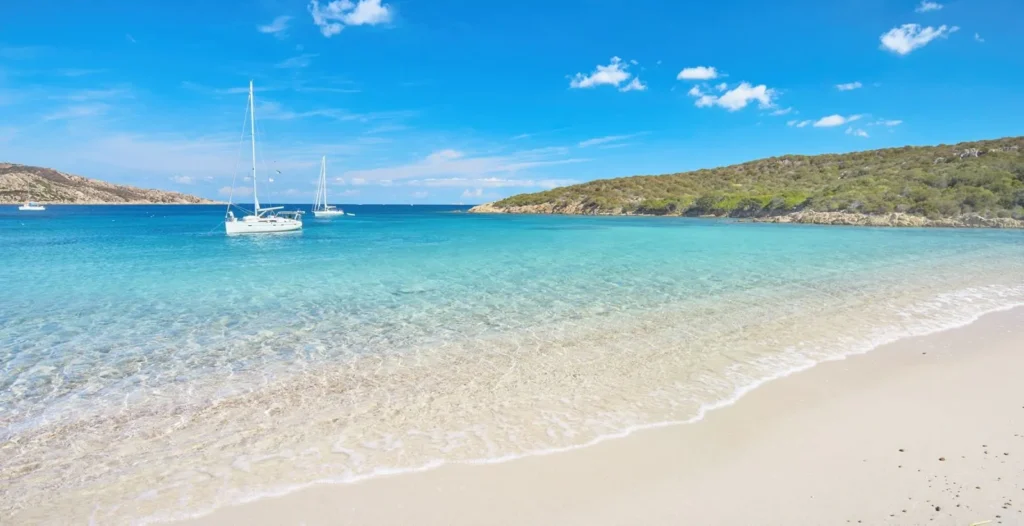

A beautiful paradise national park in the north-east of Sardinia, covering both land and sea. It covers over 12,000 hectares and 180 kilometers of coastline, as well as all the islands around the city of Maddalena. There are over 700 species of plants in its territory, constituting one third of Sardinia’s flora. Beautiful beaches, exotic Mediterranean vegetation and the intensely emerald color of the sea will make you feel like paradise on earth.

Costa Smeralda

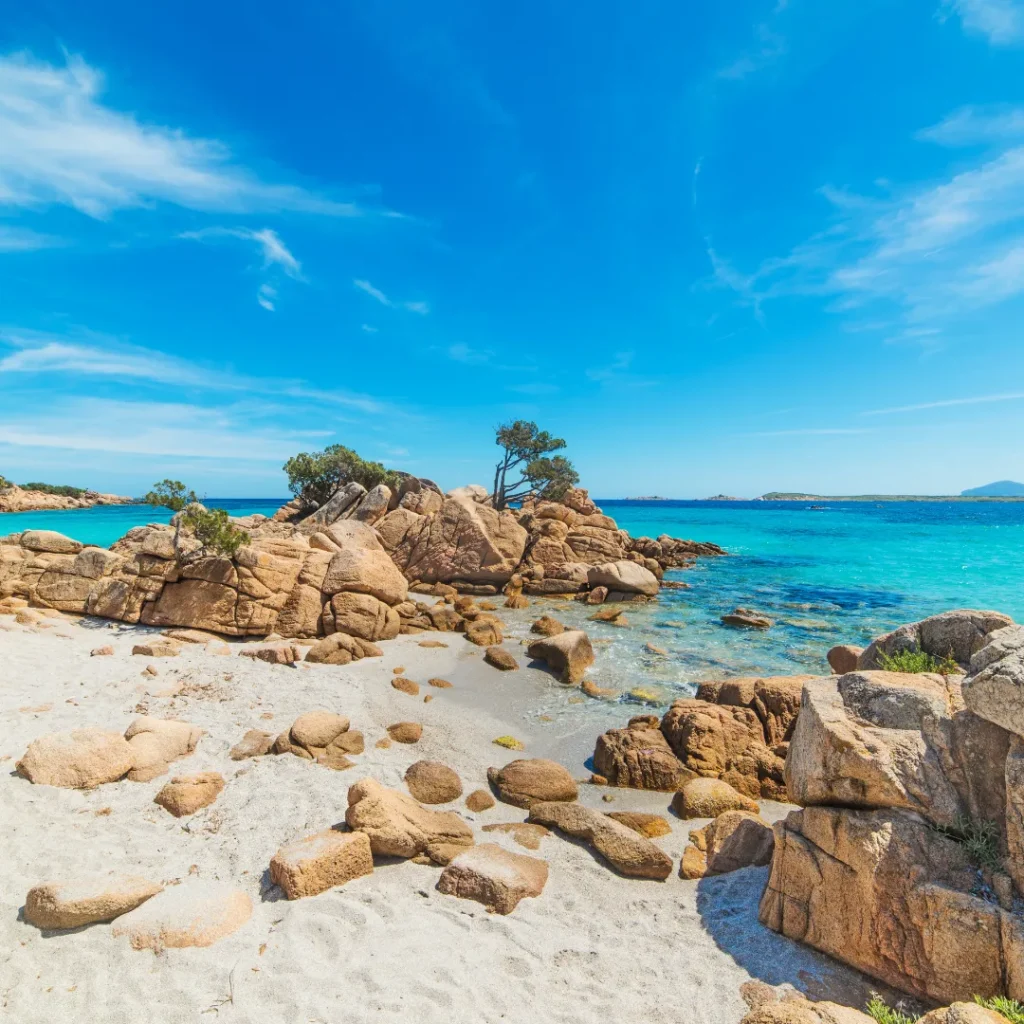
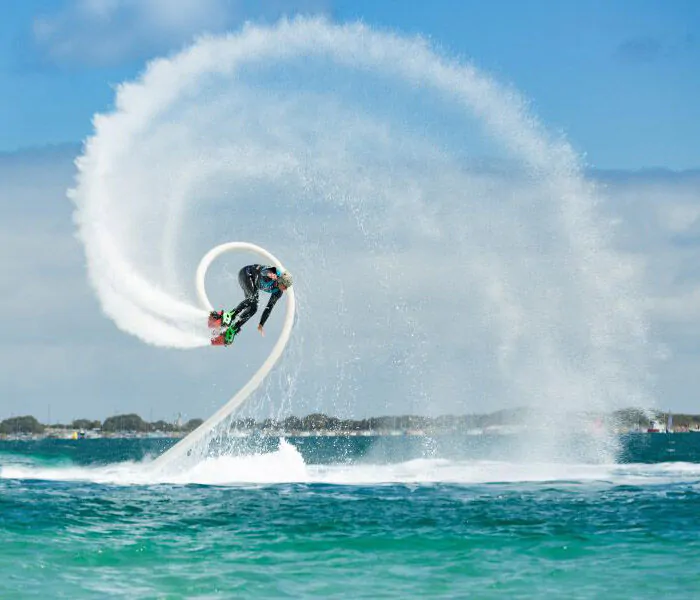
Costa Smeralda is one of the most beautiful coasts of Sardinia, it is located in the north-eastern part of the island, about 30 kilometers north of the port of Olbia. It is also worth adding that Costa Smeralda has a coastline of over 20 kilometers, offering beautiful beaches, rocky coastlines and interesting cities and attractions. It is also an offer for lovers of intensive life in resorts, lovers of water sports and active recreation on land.
Capo Carbonara



Capo area Carbonara is a promontory on the southeastern tip of Sardinia. Carbonara is located on the territory of the famous tourist resort of Villasimius. It is divided into two bays covering a total of 86 km2 from Capo Boi to the island of Serpentara. Here you can admire diverse landscapes full of rocky coast, long beaches, lagoons and green areas rich in unique ecosystems that protect biodiversity and constitute an ideal habitat for many animal species. Inside this protected area is distinguished by the presence of giant clams, turtles and dolphins, among others.
During the cruise, we will admire the wonderful beach of Porto Giunco, dominated by the tower of the same name (Tower of Torre di Porto Giunco), located on the top of a headland about 60 meters above the water.
Su Nuraxi Archaeological Area


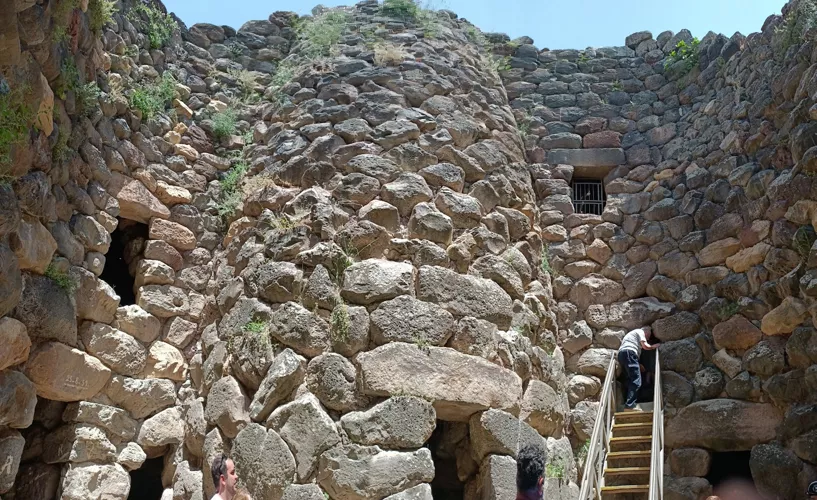
The archaeological area of Su Nuraxi is located in the south of Sardinia, it is the Barumini complex, which is an extremely historically rich find. It is a pride for the inhabitants of the island, which also defines the identity of the entire world. Discovered and excavated in the mid-20th century, the finds consist of an impressive nuraga, built over many centuries, starting from the 15th century BC. and villages with huts in quite a large area.
This complex has been included in the UNESCO World Heritage List. The Nuragic civilization developed in Sardinia between 1500 and 500 BC, giving rise to a very complex social structure characterized by communities divided into social classes, which included families and clans.
Sette Fratelli Park – Seven Brothers Park

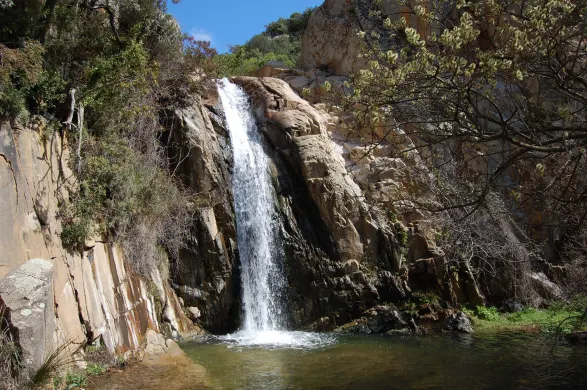

Sette Fratelli Park, located in southeastern Sardinia, is a true hidden gem for lovers of nature and active adventures. This vast green area, stretching over almost 60,000 hectares, offers an incredible variety of landscapes to explore, from dense forests to impressive mountains. Thanks to its rich natural heritage, the park is a frequent destination for tourists. The name “Sette Fratelli” – seven brothers – is synonymous with surprising biodiversity. Here visitors can encounter unique wildlife, including deer, wild boars and many rare birds. Trekking enthusiasts will spend their time hiking through the breathtaking landscape.
Sette Fratelli Park, located near the main cities of Sardinia, is easily accessible for accommodation in a comfortable hotel or camping site. Mountain vegetation together with the blue waters of the sea create an extremely picturesque landscape.
Capo Ferro
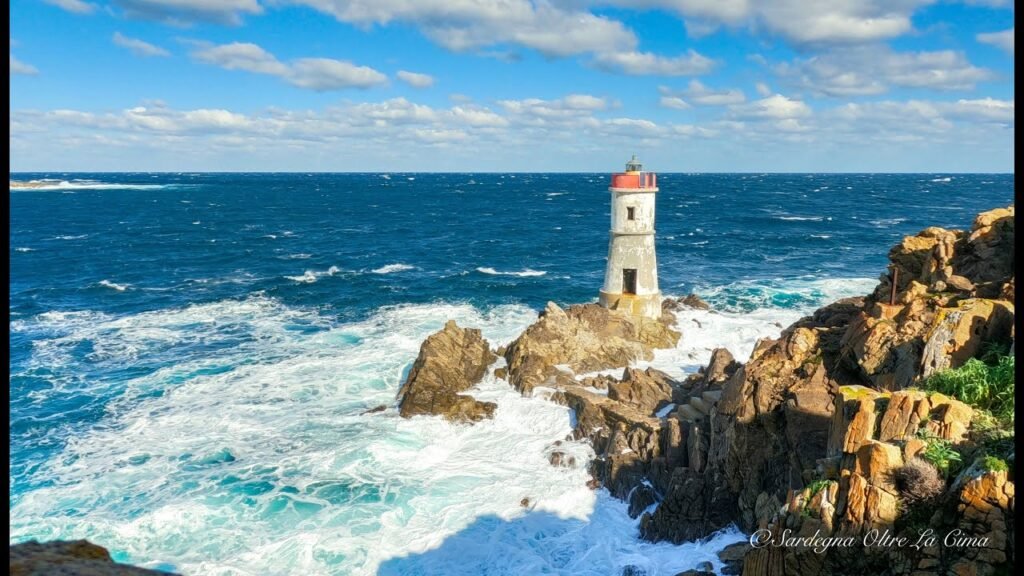


Capo Ferro is located on a promontory in the Sassari area and is famous for its wonderful mountain landscape and turquoise water. The many beaches near Capo Ferro offer unforgettable scenic views! However, this beauty is sometimes not easily accessible as most of the beaches are located off the property.
To reach certain places, you must be willing to travel. Beaches where you can relax in this area: Liscia Ruja Beach, Li Itriceddi Beach, Cala Serena On the headland there is also the Capo Ferro Lighthouse, an active lighthouse that marks the southern entrance to the Strait of Bonifacio and the Maddalena archipelago, in the commune of Arzachena, in the north-eastern part of Sardinia on the Tyrrhenian Sea.
Sant’Antioco Island



Sant’Antioco is located in the southwest of Sardinia and is an island in the Mediterranean Sea. It is part of the Sulcis archipelago and is famous for its amazing beaches. Even though it is an island, Sant’Antioco is quite accessible by car because it is connected to Sardinia by an isthmus and a bridge. Moreover, it is only an hour’s drive from Cagliari. Sant’Antioco is a place suitable for every tourist. Wonderful cliffs, diverse nature and hot beaches, of course, clear azure water are the advantages of this place.

Sella del Diavolo – Devil’s Saddle



The Devil’s Saddle consists of sedimentary rocks from the Miocene era, within these rocks several small caves were created and inhabited many thousands of years BC. The name itself comes from the legend of the fight between angels and the devil, in which he lost his saddle, which gave rise to an unusual rock formation resembling a horse’s saddle in its beauty.
It is also a place where a Punic temple once existed, and now you can admire, among others, impressive cisterns for drinking water and defensive towers belonging to the observation system created in the 16th century by the Spanish. La sella del diavolo towers over the many-kilometer-long Poetto beach in Cagliari and is a beautiful viewpoint that is easily accessible.
